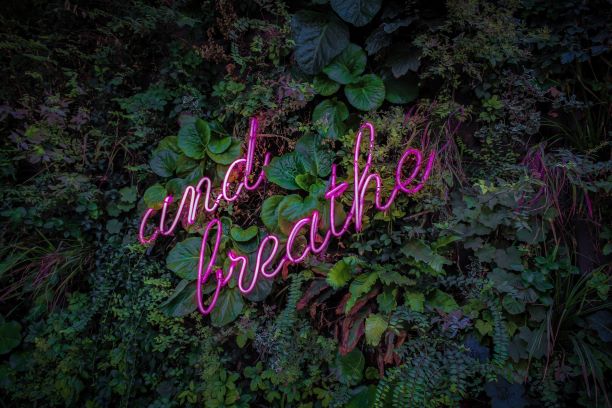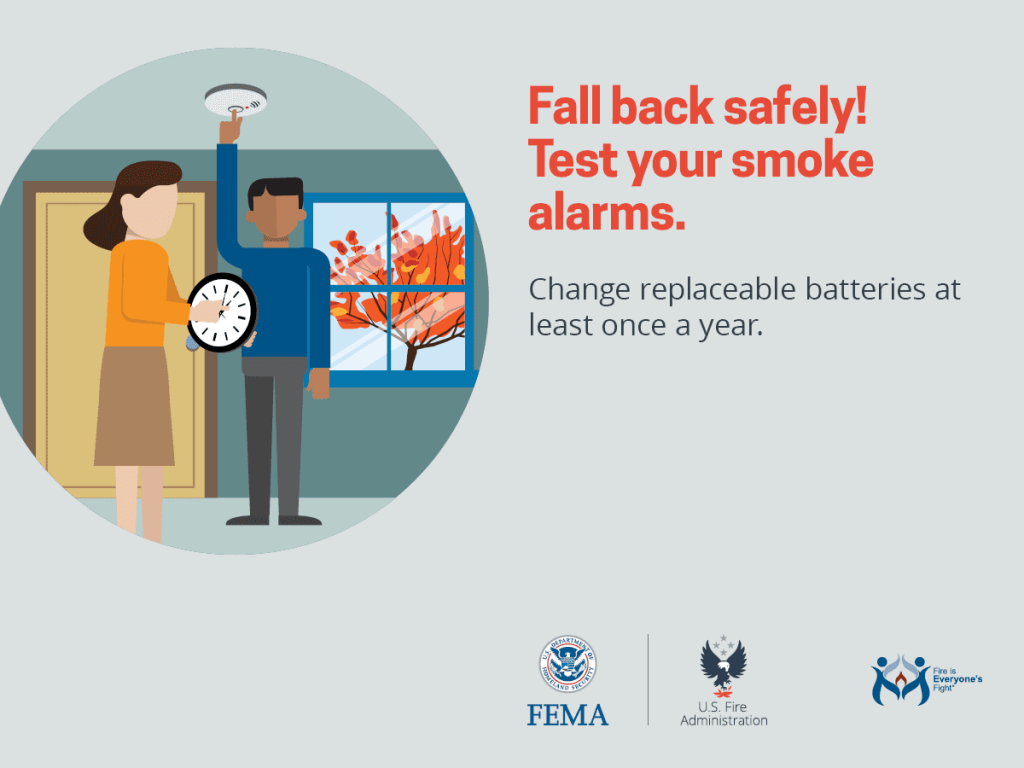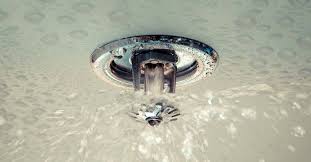October is National Indoor Air Quality Awareness Month
There are a variety of things that you can do to promote healthy Indoor Air Quality in your home. Common environmental pollutants can pose potential health risks such as moisture, mold, pests, combustion gases, and garage pollutants. Take an interactive tour of the Indoor Air Quality Demo House to learn some of the most important ways to protect the air in your home. Promoting healthier Indoor Air Quality (IAQ) should also be addressed in either the remodeling or in the new construction design of your home.
If you are remodeling your home, you should ensure your contractor is following the EPA’s Best Practices for Indoor Air Quality When Remodeling Your Home.
If you are building a new construction home consider building an Indoor airPLUS Qualified New Home designed and built for improved indoor air quality and energy efficiency. Builders can use a variety of construction practices and technologies to decrease the risk of poor indoor air quality, including careful selection and installation of building materials; heating, ventilating, and air conditioning (HVAC) systems; combustion venting systems; and moisture control techniques. It’s not easy for homebuyers to keep track of all the preferred construction details that lead to improved indoor air quality. That’s why EPA created the Indoor airPLUS label. Read more about what features are included in this brochure and request your contractor build to this standard.
October is also Fire Prevention Month!
Make your home safer and prevent a fire with these three simple steps:
INSTALL AND TEST Smoke Alarms
Fire is fast, hot and deadly. It only takes minutes for thick, black smoke to fill a house. A smoke alarm can give you the extra minute or two that you need to get out of your home.
Have working smoke alarms on every level, including the basement. Put smoke alarms inside each bedroom and outside all sleeping areas. Push the test button until the alarm sounds. Do this each month. Interconnected smoke alarms provide the best protection. When one smoke alarm sounds, they all sound.
PRACTICE Escape Plans
Half of home fire deaths happen late at night. A working smoke alarm can wake you up. Every second counts, so know what you’ll do if you have a fire. Make an escape plan. Know two ways out of each room. Plan your escape around the abilities of children and older adults.
Prevent Electrical Fires
Electrical problems are a leading cause of home fires. Start off right in your new home. Plug major appliances like refrigerators and stoves directly into the wall outlet. Only plug one heat-producing appliance into an outlet at a time. This includes coffee makers, space heaters and microwaves. If you need additional outlets, have them installed by an electrician.
Home Fire Protection with Residential Fire Sprinkler Systems
Studies by the Federal Emergency Management Agency’s (FEMA) U.S. Fire Administration (USFA) indicate that the installation of residential fire sprinkler systems could have saved thousands of lives, prevented a large percentage of those injuries, and eliminated hundreds of millions of dollars in property losses.
Test Your Home Sprinkler System I.Q.
Here are five statements about home sprinkler systems.
Are they true or false?
1. When one sprinkler goes off, all the sprinklers activate.
False! Only the sprinkler over the fire will activate. The sprinkler heads react to temperatures in each room individually. Ninety percent of fires are contained by the operation of one sprinkler.
2. A sprinkler could accidentally go off, causing
severe water damage to a home.
False! Records compiled for well over 50 years prove the likelihood of this occurring is very remote. Furthermore, home sprinklers are designed specifically and tested rigorously to minimize such accidents.
3. Water damage from a sprinkler system will be
more extensive than fire damage.
False! The sprinkler system will limit a fire’s
growth severely. Therefore, damage from a home
sprinkler system will be much less than the smoke
and fire damage if the fire had gone on unabated,
or less than the water damage caused by water
from firefighting hoselines.



